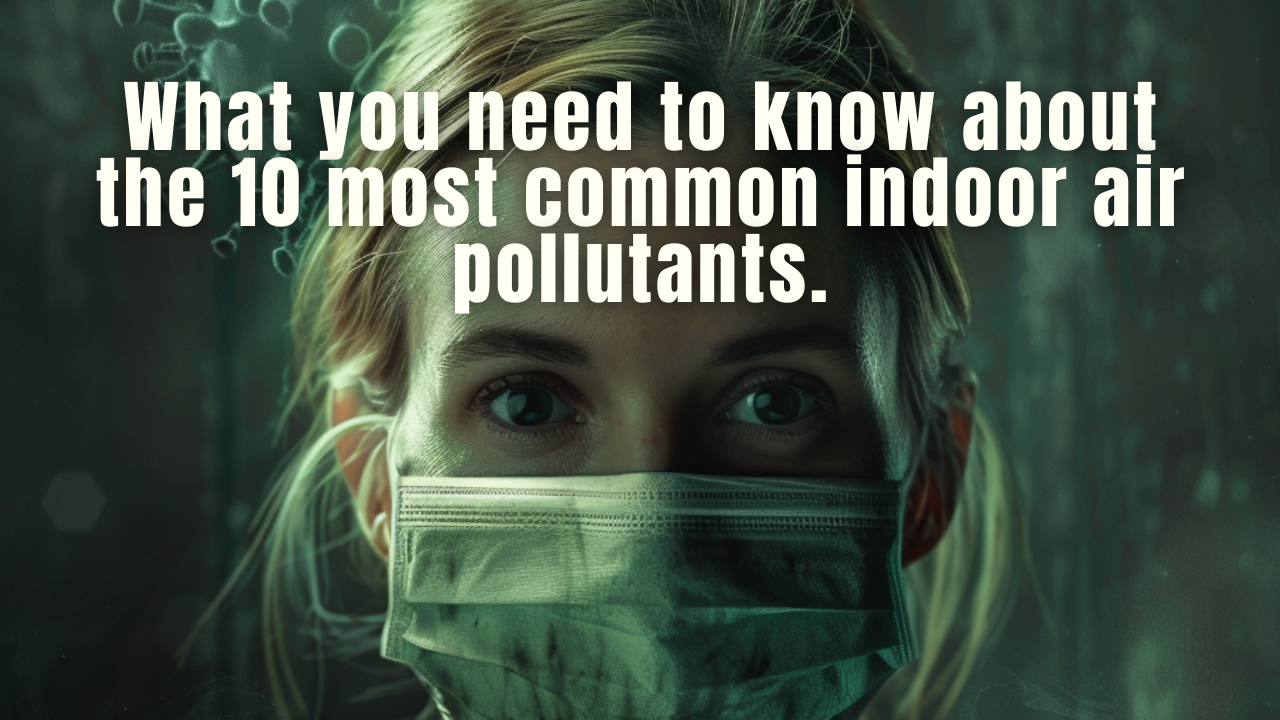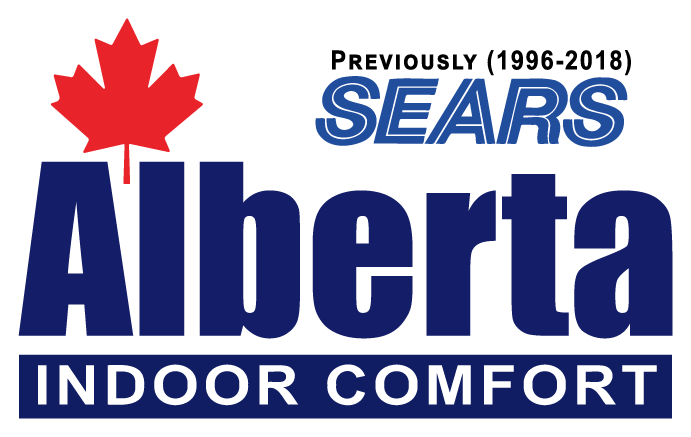
Indoor air quality is essential for maintaining a healthy living environment, especially as most people spend up to 90% of their time indoors. Various pollutants can compromise indoor air quality, leading to significant health risks. In this blog, we will explore some of the most common indoor air pollutants and provide tips on how to reduce them for a safer and healthier home.
1. Biological Contaminants
What Are They? Biological contaminants include living organisms or their by-products, such as bacteria, viruses, mold, pollen, pet dander, and dust mites. These thrive in areas with excess moisture and can trigger allergic reactions or spread diseases.
Health Risks:
- Allergic reactions
- Asthma attacks
- Spread of diseases
Solutions:
- Use dehumidifiers to control moisture levels
- Regularly clean and vacuum to reduce dust and pet dander
- Ensure proper ventilation in damp areas like bathrooms and basements
2. Radon
What Is It? Radon is a naturally occurring radioactive gas that can enter buildings from the ground. It is odorless and colorless, making it undetectable without testing. Radon exposure is linked to lung cancer, particularly among non-smokers.
Health Risks:
- Lung cancer
Solutions:
- Test your home for radon using a radon detection kit
- Seal cracks in floors and walls
- Improve ventilation to reduce radon levels
3. Carbon Monoxide
What Is It? Carbon monoxide (CO) is an odorless gas produced by burning fossil fuels. Sources include heaters, stoves, and fireplaces. High levels of carbon monoxide can be fatal, while lower levels can cause symptoms like fatigue and confusion.
Health Risks:
- Headaches
- Dizziness
- Fatigue
- Fatal poisoning at high levels
Solutions:
- Install carbon monoxide detectors near sleeping areas and fuel-burning appliances
- Regularly service fuel-burning appliances
- Never use gas stoves or ovens to heat your home
4. Tobacco Smoke
What Is It? Environmental tobacco smoke contains thousands of harmful chemicals, many of which are carcinogenic. It poses significant health risks, especially to children, including respiratory issues and increased risk of sudden infant death syndrome (SIDS).
Health Risks:
- Respiratory problems
- Increased risk of lung cancer
- Increased risk of SIDS
Solutions:
- Prohibit smoking inside your home
- Encourage smokers to quit or smoke outside
- Use air purifiers to reduce smoke particles
5. Formaldehyde
What Is It? Formaldehyde is commonly found in building materials and household products. It can cause irritation and has been linked to cancer. It is often released from products like pressed wood and certain textiles.
Health Risks:
- Irritation of eyes, nose, and throat
- Cancer
Solutions:
- Choose products with low or no formaldehyde
- Increase ventilation when using products that emit formaldehyde
- Use air purifiers with activated carbon filters
6. Volatile Organic Compounds (VOCs)
What Are They? VOCs are emitted from various household products, including paints, cleaning agents, and air fresheners. VOCs can cause a range of health issues, from headaches to more severe respiratory problems.
Health Risks:
- Headaches
- Dizziness
- Respiratory issues
Solutions:
- Use low-VOC or VOC-free products
- Ensure good ventilation when using products that emit VOCs
- Store chemicals in tightly sealed containers
7. Mold
What Is It? Mold grows in damp areas and can release toxins into the air. It is particularly concerning for individuals with respiratory issues or weakened immune systems.
Health Risks:
- Respiratory problems
- Allergic reactions
Solutions:
- Repair leaks and reduce humidity to prevent mold growth
- Clean mold-affected areas with appropriate cleaning agents
- Use dehumidifiers and ensure proper ventilation
8. Asbestos
What Is It? Though less common today, asbestos can still be found in older buildings. It poses serious health risks, including lung cancer and mesothelioma, when fibers are inhaled.
Health Risks:
- Lung cancer
- Mesothelioma
Solutions:
- Hire professionals to remove asbestos safely
- Avoid disturbing materials that may contain asbestos
9. Pesticides
What Are They? Household pesticides can contribute to indoor air pollution, releasing harmful chemicals that can lead to various health issues.
Health Risks:
- Headaches
- Nausea
- Long-term health effects
Solutions:
- Use natural or non-toxic pest control methods
- Follow the manufacturer’s instructions when using pesticides
- Ventilate areas after using pesticides
10. Pet Dander
What Is It? Microscopic flakes of skin from pets can trigger allergies and asthma in sensitive individuals, making pet dander a significant indoor air pollutant.
Health Risks:
- Allergic reactions
- Asthma attacks
Solutions:
- Regularly groom and bathe pets
- Use air purifiers with HEPA filters
- Vacuum frequently with a vacuum designed to pick up pet hair
Improving Indoor Air Quality
Proper Ventilation: Ensuring your home has adequate ventilation is crucial in reducing indoor air pollutants. Use exhaust fans, open windows, and consider installing a mechanical ventilation system to improve air circulation.
Minimize Use of Harmful Products: Choose natural cleaning products, low-VOC paints, and other environmentally friendly household items to reduce the number of pollutants released into your home.
Regular Maintenance: Maintain your HVAC system and regularly replace filters to keep indoor air quality high. Professional duct cleaning can also help remove accumulated pollutants.
Conclusion
Indoor air quality plays a vital role in maintaining overall health and well-being. By understanding the common indoor air pollutants and taking steps to reduce them, you can create a safer and healthier home environment for you and your family.
Contact Alberta Indoor Comfort today to learn more about our air quality solutions and how we can help you breathe easier in your home.












